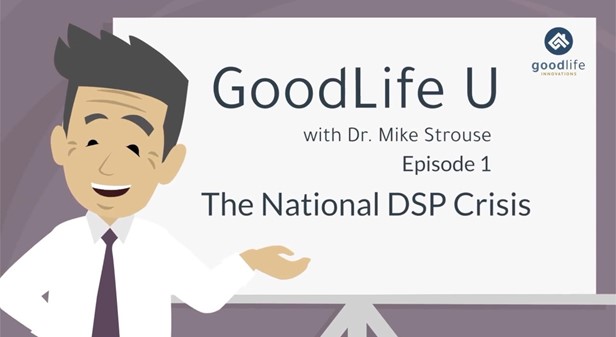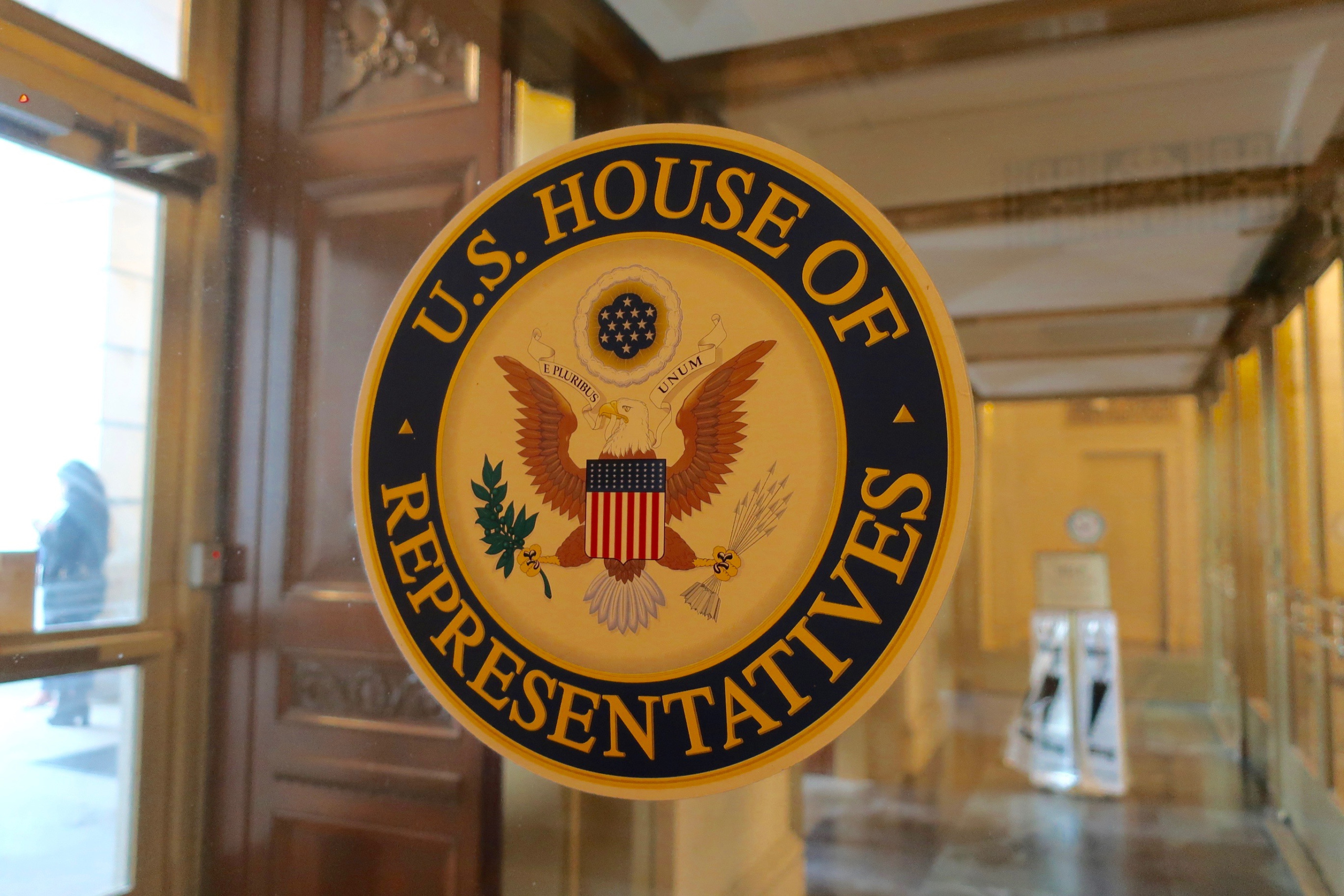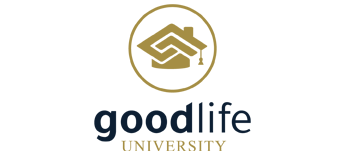Connections - 02.28.22
GoodLife U Episode 1: The National DSP Crisis

Share this page
Stay Informed on the Latest Research & Analysis from ANCOR
More News
Capitol Correspondence - 07.16.24
House Committee Passes Recognizing the Role of Direct Support Professionals Act

Capitol Correspondence - 07.09.24
House Committee to Mark Up Key Legislation Including Direct Support Professionals Act

Stateside Report - 07.08.24
Stateside Report: July 08, 2024


